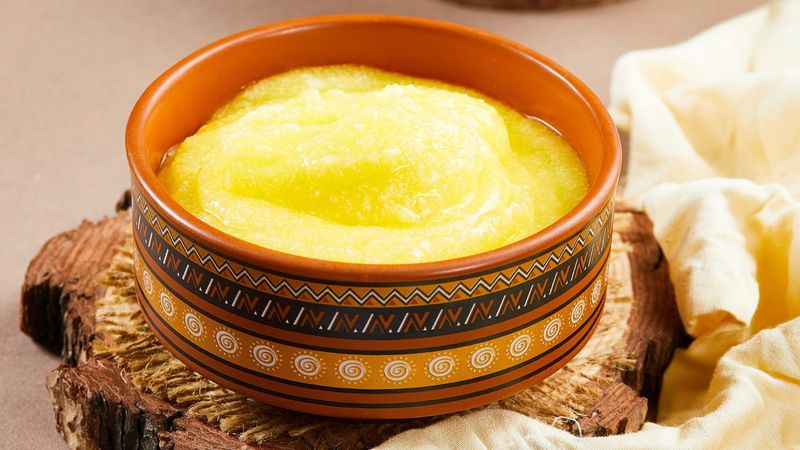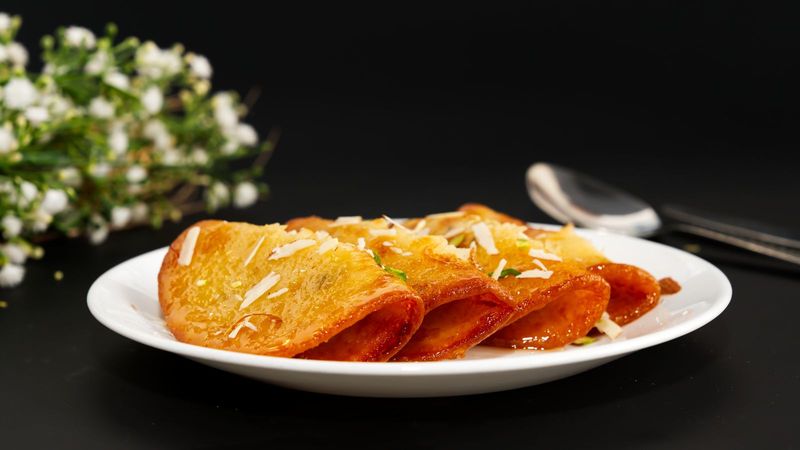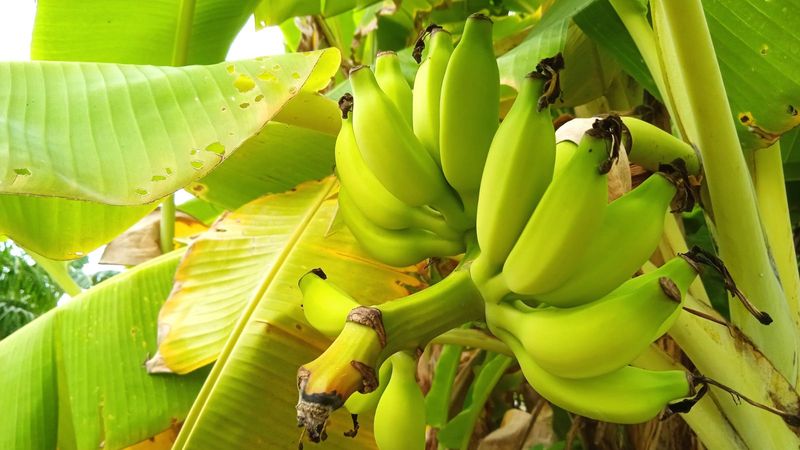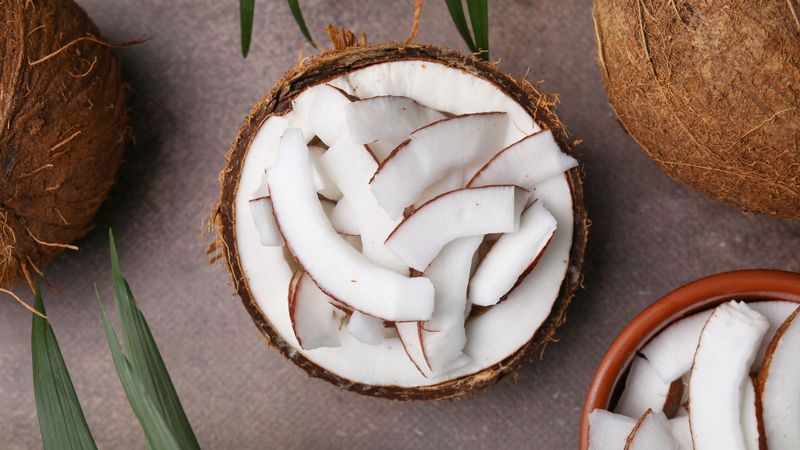Navratri is a time for much fervour and joy, all across the country. While in Bengal and nearby states, pandals are set up, Gujarat and Maharashtra are colourful and full of energy, enjoying garba, some parts of North India are fasting and prepping for Kanjak, and parts of South India are setting up their Golu. Irrespective of where you are in India, one thing that remains is our collective love for food, and how it holds even more significance when it is festive.
Navratri bhog is a great example of this. On the 9 days of Navratri, 9 different forms of Durga are worshipped, and each form symbolises one of the roles the divine power plays in our lives. It then only makes sense that all of these 9 forms are associated with different colours, look different, and even have different food items that are used as bhog while worshipping them. If you’re not sure what to prepare each day, fret not, here’s a quick Navratri bhog list that’ll help you out.
Day 1 Pure desi ghee

Incarnated as the daughter of the mountains, Shailaputri is the first form of Durga to be worshipped in Navratri. She is one of the most powerful forms of the Goddess who rides a bull and acts as a counsellor to many other Gods in times of need. She is also known as Parvati in many mythologies. The role that the goddess signifies here is that of the daughter. She is free, in thought, and in her choices.
Out of Navratri bhog for 9 days, on day 1, when Shailaputri is worshipped, go for pure desi ghee. It is believed that offering desi ghee as Navratri bhog for day 1 invokes the blessings of the goddess for a healthy, disease-free life.
Day 2 Sugar

This form of the Goddess worshipped in Navratri signifies sacrifice, resolution, and the modern world's hustle. Brahmacharini literally means the female who follows the path of Brahma (the ultimate truth). It is believed that Narad muni predicted that to get Lord Shiva to be her husband, the goddess would have to perform penance, and this form, usually worshipped on day two, is the one that did.
Sugar offered as Navratri bhog for day 2 is believed to please the goddess to bless her devotees with longevity. Sugar is one of those Navratri bhog for 9 days that are said to symbolise a fulfilling life, without untimely death.
Day 3 Milk based desserts

A contemporary image of the better half of Shiva, Chandraghata, who is the female form of calmness, positivity, and beauty is worshipped on day 3. This form of the goddess adorns her head with a crescent moon, cue the name, and is believed to be the destroyer of sins, sufferings, and mental hurdles of her devotees.
She is also said to be the form that Shiva married, and interestingly, when he did, instead of his regular attire, he was decked in the finest of robes, matching her. For day 3 Navratri bhog, one should make a milk based dessert. This can be a simple homemade kheer as well. A milk based dessert signifies happiness in life, and is believed to bless the devotees with the same.
Day 4 Malpua

Kushmanda form of the goddess is believed to be the unsaid, silent creator of the matter and energy in the universe. Worshipped on the 4th day, she is the form of goddess Durga who is also called ‘Adi Shakti’. Adi in Sanskrit means the start, further signifying the role the goddess plays in the creation of the universe.
Navratri bhog for day 4 is malpua, which is said to please the goddess and she then blesses her devotees with intellect and better decision-making abilities.
Day 5 Banana

Worshipped on the fifth day of Navratri, Skanda Mata form of the goddess is the one that is most associated with her visually. The image of Durga, where the goddess is perched on a lion, and has four arms, is this form. Her choice of Navratri bhog happens to be the good old humble banana. The fruit is believed to invoke good blessings from the goddess, and is considered auspicious.
Day 6 Honey

Also known as Mahishasurmardini (the slayer of Mahishasura), this version of the goddess is the bold, courageous form of Devi. She’s also the daughter of the wise sage Katyaayna who performed penance of goddess Durga and had asked her to be born as his daughter. She is worshipped on the sixth day of Navratri.
While she is a fighter, her choice of Navratri bhog is very simple, very sweet honey. Not only does it represent harmony, but it is also believed to bestow peace upon the devotees.
Day 7 Jaggery

The one who is as dark and fearless as the night, she is also called Kaali. She is the fiercest form of the Goddess. This form of the goddess, which is worshipped on the 7th day, is depicted to be of dark colour, with long wavy hair, and a garland made of human skulls. Her ride is the animal donkey, which while a hardworking one, is often overlooked.
The Navratri bhog offered to her is jaggery, and it is believed that it safeguards the devotees of Kaali against evil powers, and gives them strength to fight for the right.
Day 8 Coconut

This eighth day of Navratri is also known as Durgashtami. Radiating peace and compassion, Maha Gauri form of the goddess is said to be the one that purifies her devotees by destroying her sins. On this day, the Navratri bhog is coconut, as it believed to symnbolise new beginnings.
Some people also have Kanya Poojan or Kanjak on the day 8 of Navratri, which means that apart from the Navratri bhog for 9 days, they also make other things like chane-puri and halwa.
Day 9 Sesame seeds

Worshipped on the ninth day of Navratri, the Siddhidatri form of the goddess is the one that is the provider of knowledge, and as the legend goes, Lord Shiva got all the siddhis in her form after praying to Maha Shakti.
For Navratri bhog on day 9, sesame seeds are used. These are believed to fulfil all the wishes that her devotees have.


